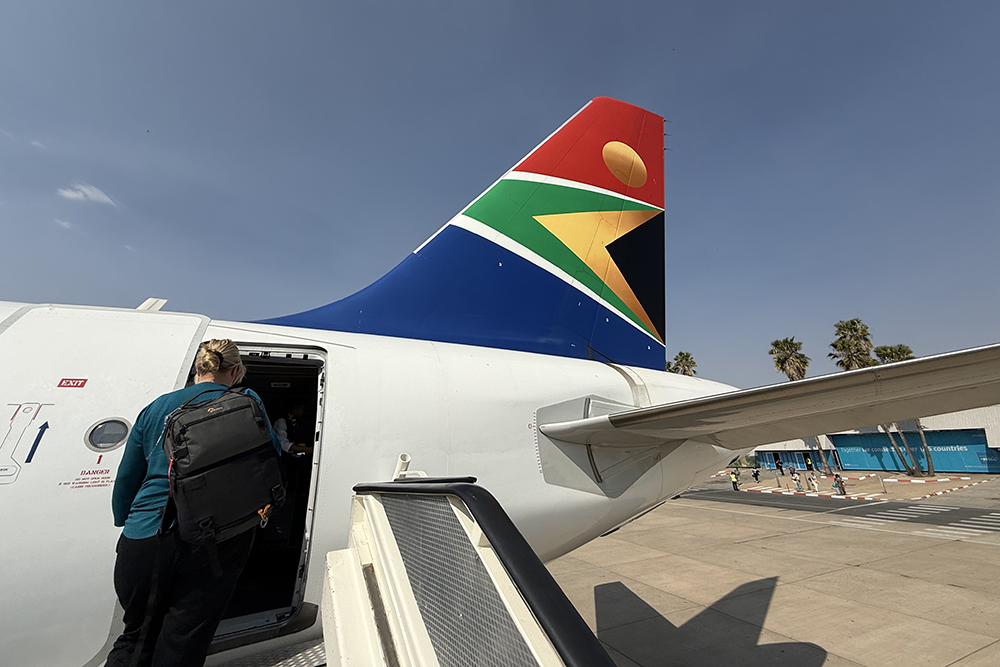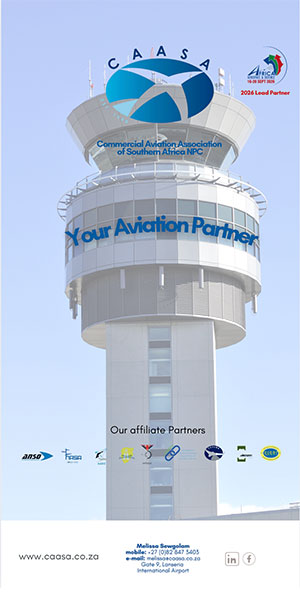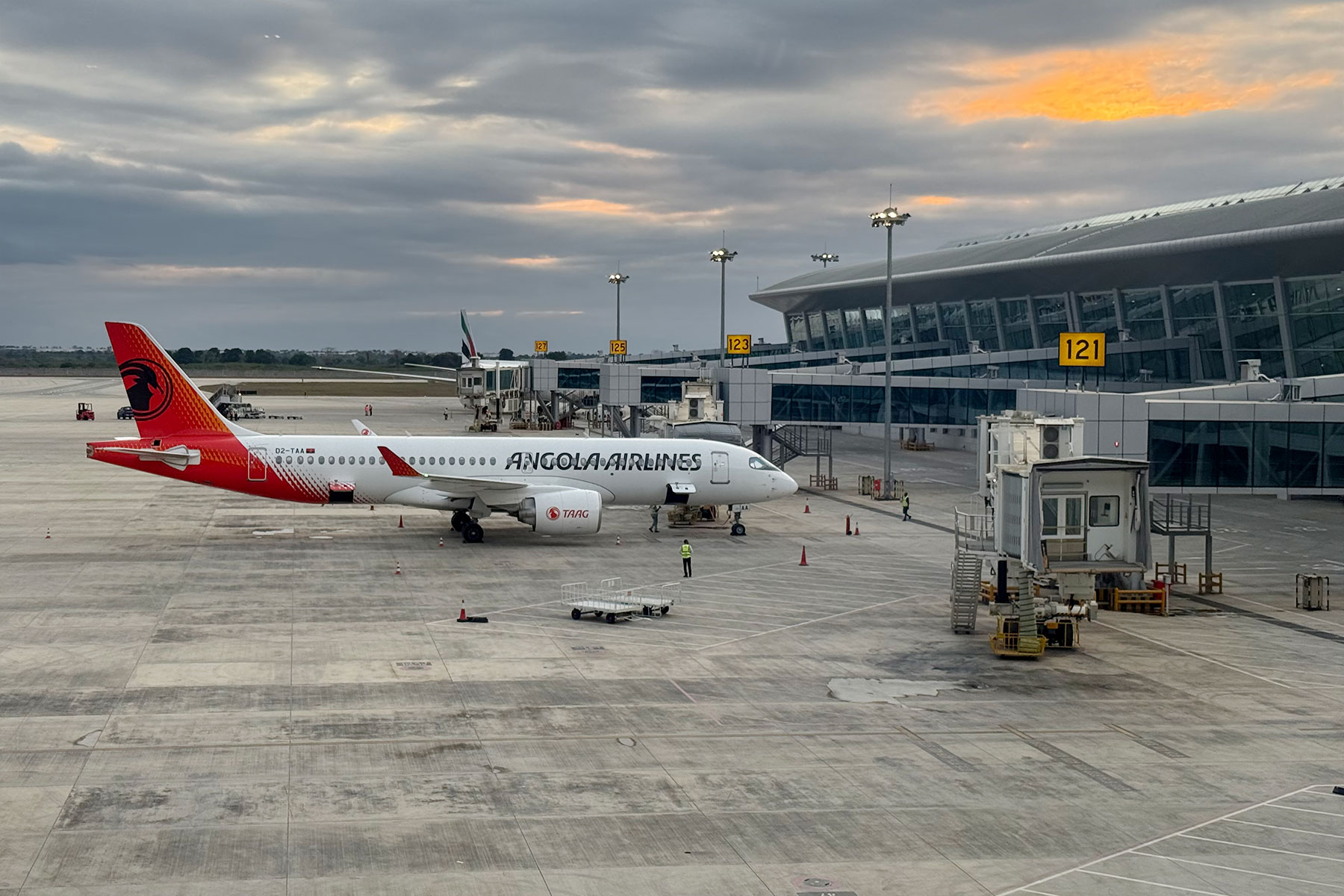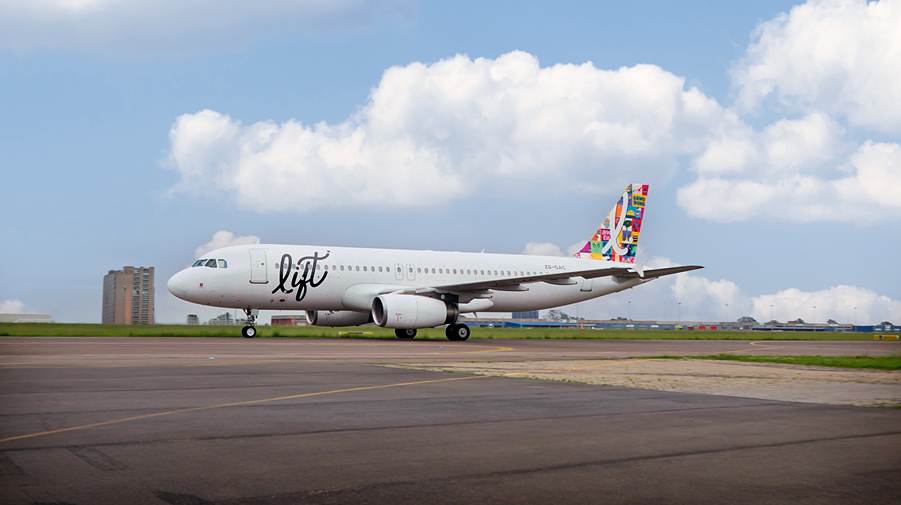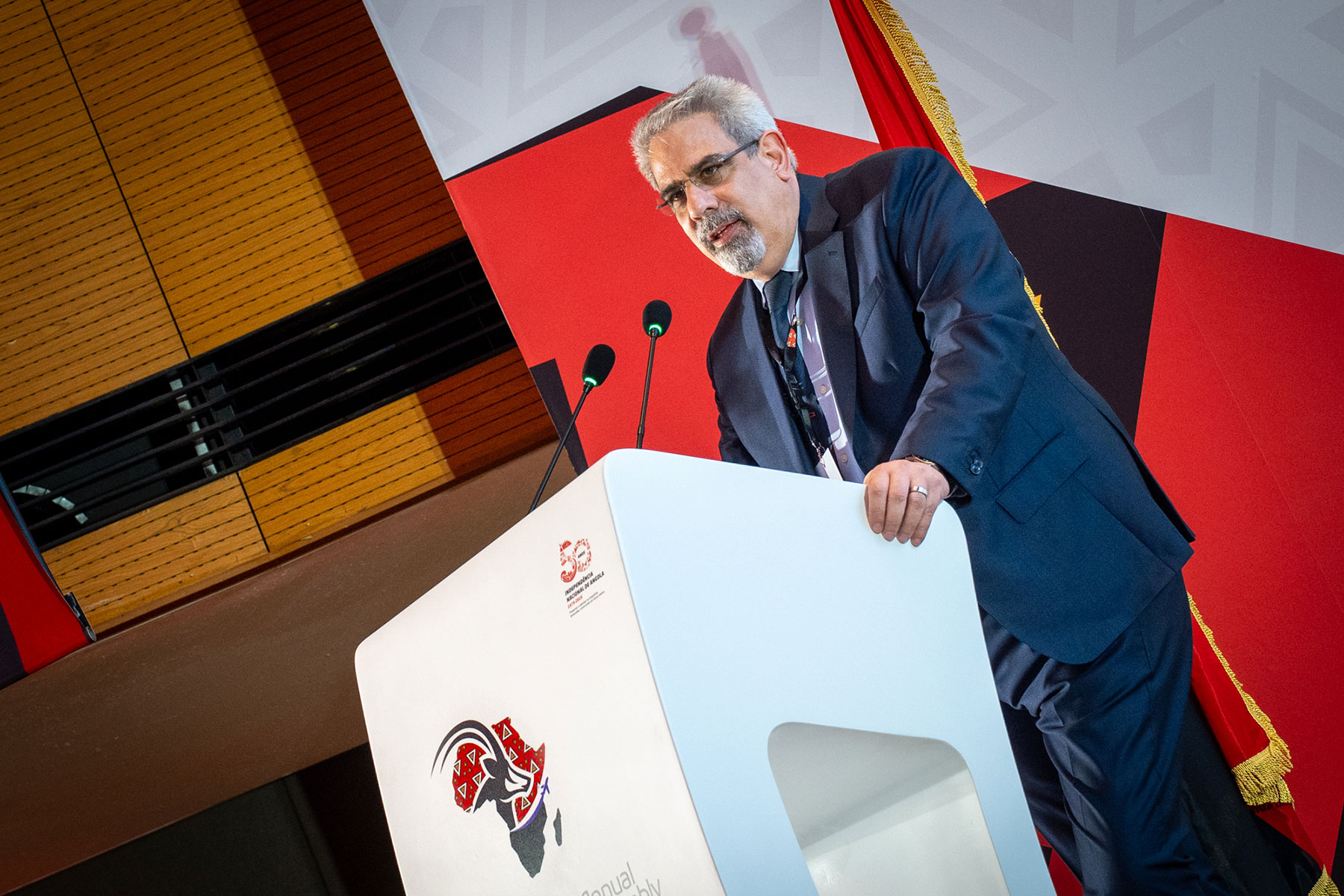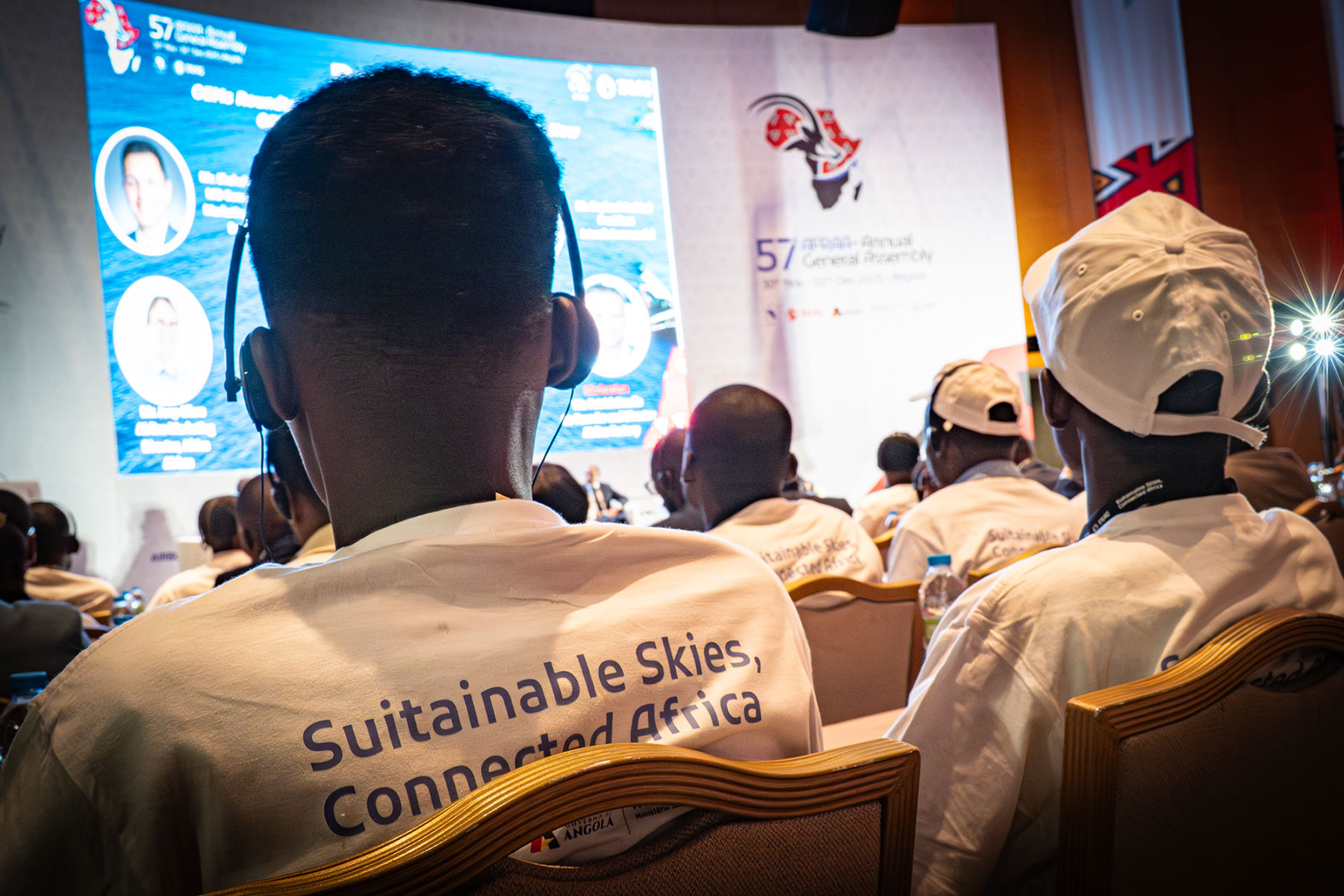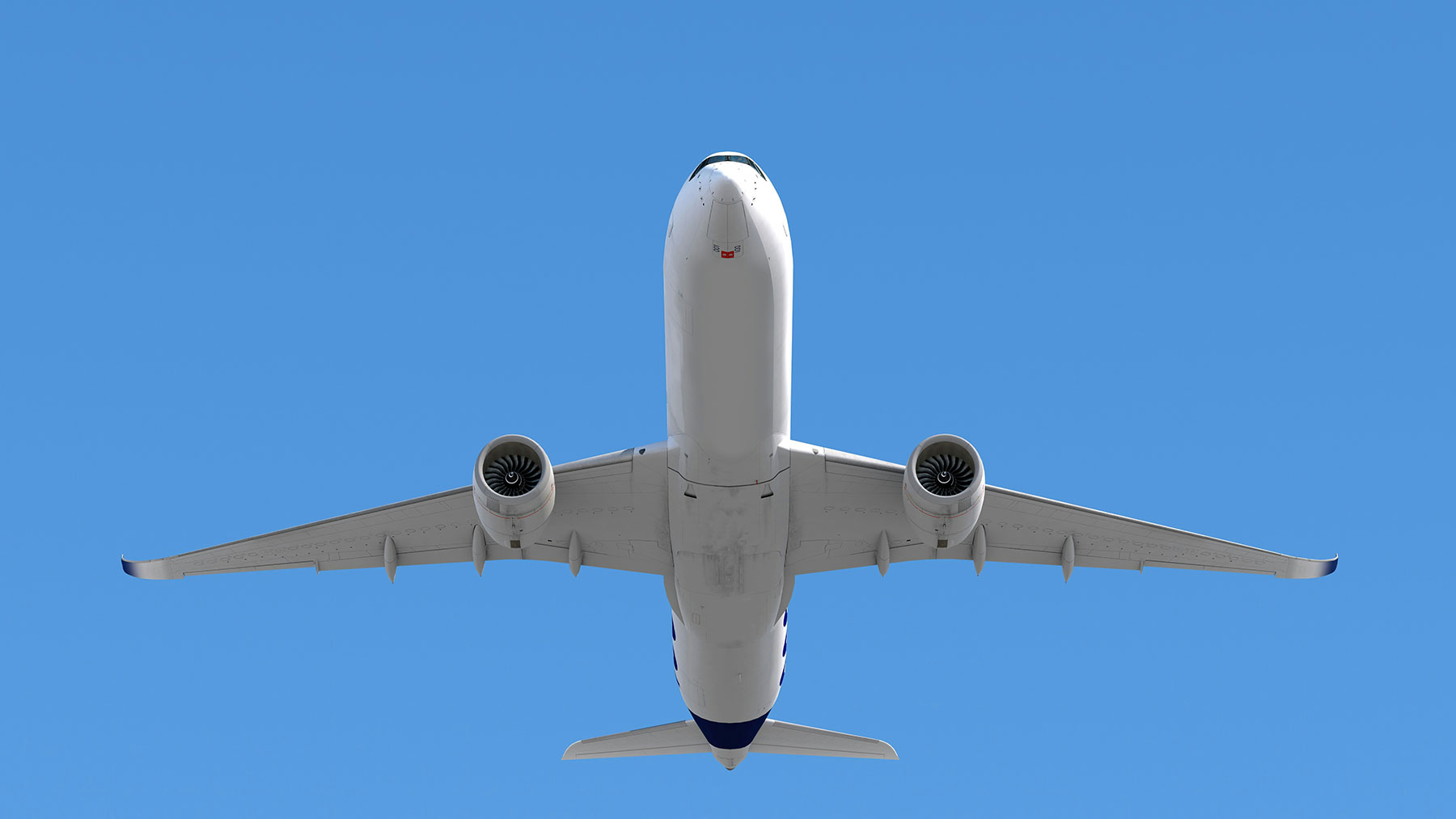When South African Airways (SAA) formally withdrew from its proposed pan-African alliance with Kenya Airways (KQ), it marked a significant pause in one of the continent’s most ambitious aviation projects. The initiative, first conceived in 2021, had promised to unite Africa’s fragmented skies under a stronger, collaborative structure. With SAA stepping back, however, Kenya Airways is once again searching for partners to turn this vision into reality.
Why SAA Pulled Out
For SAA, the decision appears pragmatic rather than political. The airline is still in recovery mode following years of financial turbulence, fleet downsizing, and the collapse of its privatisation bid with the Takatso Aviation Consortium. Current management is focused squarely on stabilising operations and building sustainable growth at Johannesburg O.R. Tambo before taking on the complexities of a multinational alliance.
But was the withdrawal a missed opportunity? Analysts suggest so. Aligning with Kenya Airways could have strengthened SAA’s regional relevance, especially against Ethiopian Airlines, which has steadily extended its influence by taking stakes in carriers such as ASKY Airlines, Zambia Airways, and Malawi Airlines.
Kenya Airways’ Next Move
For KQ, the hunt for new partners continues. CEO Allan Kilavuka has been clear: profitability is not the immediate requirement; strategic alignment is. The aim is to create a network that improves connectivity, reduces costs through shared procurement and ground handling, and builds a competitive alternative to foreign giants.
Potential candidates are thin on the ground. Many African carriers are either too small or financially unstable, while Ethiopian Airlines has already built its own web of strategic partnerships. Still, Kilavuka has hinted at discussions with Southern and West African operators, with recent memoranda of understanding signed with Air Tanzania suggesting Nairobi is not giving up.
Why an Alliance Matters
The dream of a pan-African alliance is not just about airlines. It is about unlocking the economic and social potential of air connectivity on a continent where travel remains costly, fragmented, and often inconvenient. Africa accounts for around 18% of the world’s population but less than 3% of global air traffic. Poor intra-African connectivity is a major factor.
The Single African Air Transport Market (SAATM), a flagship project of the African Union’s Agenda 2063, seeks to liberalise the skies and create a unified air market. Yet political barriers, protectionist policies, and infrastructure limitations have slowed progress. A pan-African alliance could serve as a catalyst, driving down fares, stimulating competition, and building stronger trade and tourism links.
Lessons from Other Continents
The concept is not without precedent. In Europe, International Airlines Group (IAG) has successfully brought together British Airways, Iberia, Aer Lingus, and others under a shared corporate umbrella. Global alliances such as Star Alliance, SkyTeam, and Oneworld have also reshaped how airlines collaborate, improving efficiency and expanding reach without full mergers. Africa, by contrast, remains one of the only regions without a truly integrated airline group.
A Continental Imperative
For now, Kenya Airways remains the flag-bearer of the pan-African alliance dream, but it cannot go it alone. Without willing partners, the project risks stalling – and with it, the continent risks falling further behind global peers. Yet the rationale is undeniable: Africa needs a stronger, more cooperative aviation sector to fuel its economic growth.
SAA’s withdrawal is a setback, but not necessarily the end. If Africa’s carriers can overcome historic rivalries and political roadblocks, a pan-African alliance could become one of the most transformative developments in the continent’s aviation history.
